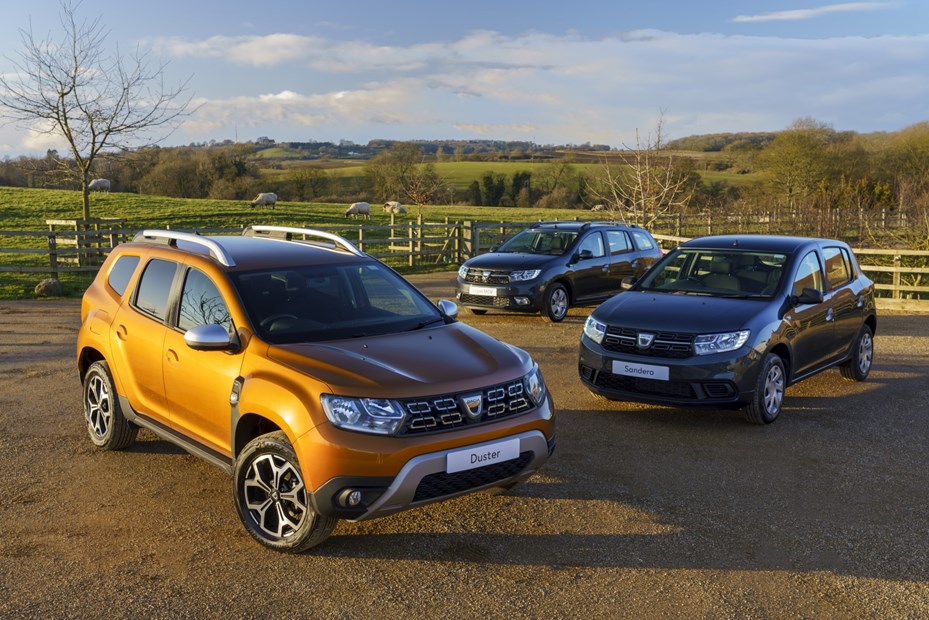Budget car brand Dacia will introduce a new dual-fuel engine to its cars – capable of running on petrol or liquified petroleum gas (LPG). The new units will be available across the Dacia range, and the brand claims it could save buyers a significant amount in fuelling costs over a standard petrol model.
As is typical of LPG cars, fuel consumption is increased as opposed to using petrol – Dacia claims the Sandero will return 39.8mpg on LPG, compared with 49.6mpg on petrol. Carbon dioxide emissions are lower, however, at 116g/km versus 128g/km.
The differences continue up the range, with the Logan MCV claiming 39.2mpg and 116g/km on LPG compared with 46.2mpg and 129g/km on petrol, and the Duster claiming 35.3mpg and 129g/km on LPG compared with 44.1mpg and 145g/km on petrol.
The higher fuel consumption is balanced out by LPG’s lower price – it currently averages 63p per litre across the UK, less than half the average price of petrol and diesel.
Driving the dual-fuel Dacias shouldn’t prove taxing – they’re provided with an extra filler flap opposite the petrol cap, and a switch inside allowing drivers to choose between the fuels. Dacia claims a range of up to 620 miles with both fuel tanks filled. Service intervals are also unchanged.
>> The best hybrid cars to buy 2020
As for the additional LPG tank, it slots into the spare wheel well – depriving drivers of this option, but leaving the load area untouched.
The conversion adds £1,100 to the price of a Sandero, but the difference is less stark at just £400 on the Duster. It’s not available on the very basic ‘Access’ versions of the cars, however – only on Essential trim and higher.
What is LPG?
LPG, or liquified petroleum gas, is a mixture of propane and butane which is approved for use as a vehicle fuel. It’s available in around 1,400 filling stations across the UK, where it costs a little less than half the price of petrol or diesel per litre.
A special conversion is needed for cars to run on LPG – typically taking the form of third-party kits, although a few manufacturers (of which Dacia is the latest) have tested the waters with factory-built options.
It can save a fair wedge of cash once the lower running costs pay back the initial investment, but is most popular among those with large, inefficient petrol cars who want to make them more cost-effective to run.
What this means for you
With diesel’s environmental credentials in question, and hybrid vehicles generally being fairly pricey machines, the addition of a new, ‘greener’ powertrain towards the bottom of the market could prove tempting for environmentalists on a budget.
Choosing the LPG route is an interesting one, though. LPG’s typically a bit of a fringe fuel in the UK, and factory-fit conversions are very rare. Dacia claims one in every three of its vehicles sold in Italy are dual-fuel, so it certainly has form in this area. We’ll be interested to see how the vehicles fare when they go on sale this month.





